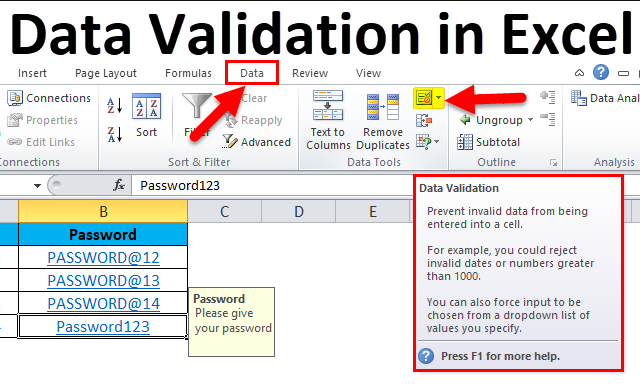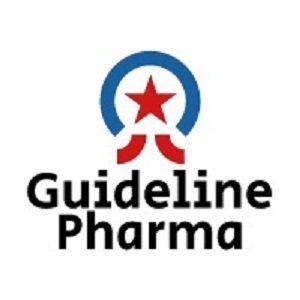Metal Detector with De-duster
Tablet Deduster improves dust condition in your packaging rooms, preventing equipment to malfunction or leading to poor seals on bottles and blister packages.
Six primary requirements to consider when you select a tablet deduster.
- 1. Identify your minimum and maximum tablet sizes. Their size, along with the speed at which they enter the deduster, determine the machine volume required to transport and dedust the tablets effectively.
- Know the maximum output of the tablet press for each size tablet you make.
- Know your tablets’ hardnesses and the nature of the dusts since tablet hardness factors into deduster size. Chewable or effervescent tablets, for example, may require very different dedusters.
- Determine whether a metal detector should accompany the deduster.
- Decide how many containers will collect the dedusted tablets. If they must be collected in two or more containers, a diverter will be needed, which adds to the overall height; which must be taken into account.
- Determine the outlet height of the press and the inlet height of the collection container(s). To calculate this, measure the distance from the floor to the bottom of the tablet outlet chute and from the floor to the top of the collection container. These two distances determine the deduster’s conveying height—the height required to reach the collection container.
Metal Detector:
Metal detectors are used in food and pharmaceutical industries to detect metal contamination in products or packets. The metal contamination may occur in food and pharmaceutical products due the presence of metallic pieces or components (viz., fasteners, pins, buds, eroded or corroded metallic parts etc.) in ferrous, non-ferrous, or stainless-steel materials. Detection of such metal contamination is important and in this detection process, high accuracy and reliability are desirable. Thus, a metal detector plays an important role in ensuring product safety. In pharmaceutical industry there is a possibility that the products get contaminated by metallic parts either magnetic or non-magnetic. This is due to metal-object contamination (ingredient contamination, mixing-process errors and machinery failures) and due to the use of various process equipment viz. reactors, agitated and storage vessels, classifiers, dryers, pumps, valves, pipes etc. in the synthesis, processing and storage and most of these equipment, pipes, valves and pumps are made up of metals.

In many pharmaceutical processing, unsaturated organic compounds that contain double and or triple bonds need to be hydrogenated. Platinum black, palladium black, copper metal, copper oxide, nickel oxide, aluminium and other materials have subsequently been developed as hydrogenation catalysts. Abrasive materials can wear mill parts and screens. In these operations, there a probability always exists the products get contaminated with various metallic components. The final food and pharmaceutical products must free from metal contamination as per GMP standards. Metal detectors are mostly used for US State Department of Agriculture (USDA), Hazard Analysis Critical Control Point (HACCP) or US Food and Drug Administration (USFDA) Certifications in India and other countries.
Metal detectors with advanced microprocessor-based technology are highly advantageous for checking coarse-grained food stuffs such as popcorn, cornflakes and soup noodles.
These are different types of metal detectors based on certain operating principle
Application & Process :
Pharmaceutical processing equipment that removes the fine surface dust from tablets through using vibratory effect. This machine can be linked directly to any type of high speed tablet press.
In spiral deduster there is vibrated spiral path perforated sieve. The tablets enter in centre of perforated sieve from directly Tablet Press then they are gently vibrated and the tablet to move forward, turning and rotating along the spiral path of perforated plate to outer peripheries.
In Elevating Deduster there is vibrated up hill type sieves. The tablets enter bottom inlet of perforated sieve from directly Tablet Press then they are gently vibrated and the tablet to move forward, up ward , turning and rotating along the spiral up hill path of perforated plate to outer at top of the sieve.
These remove the layer of surface dust and edges of tablet. The dust is collected by a dust extraction system through a hose pipe spigot connection and the tablet fall into the container.



